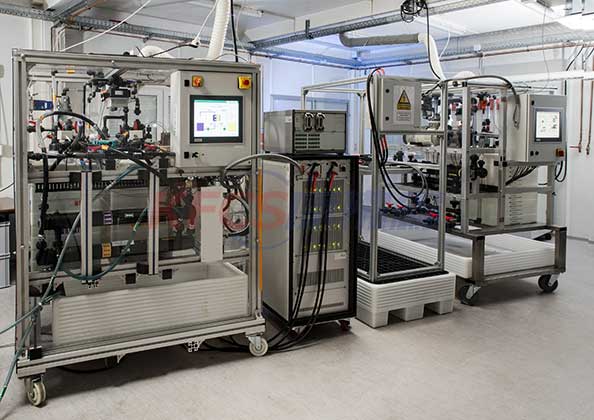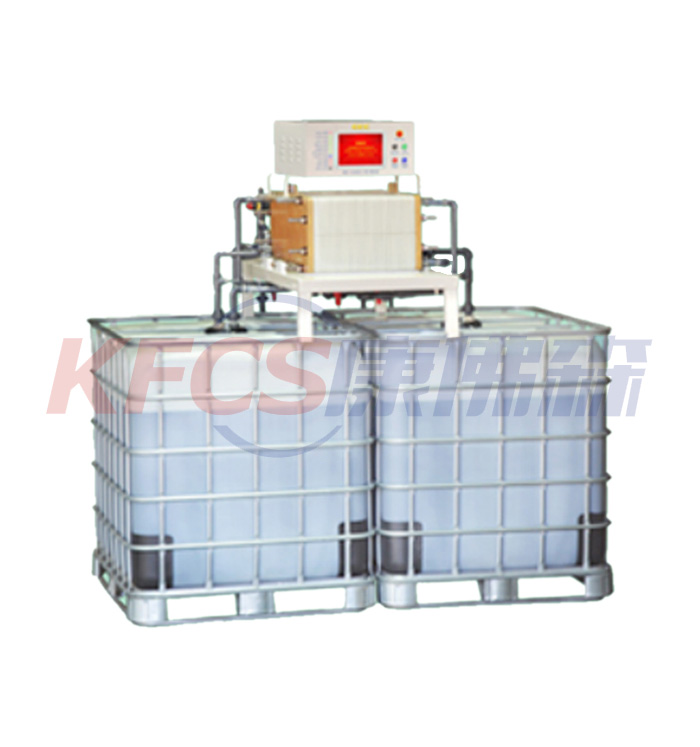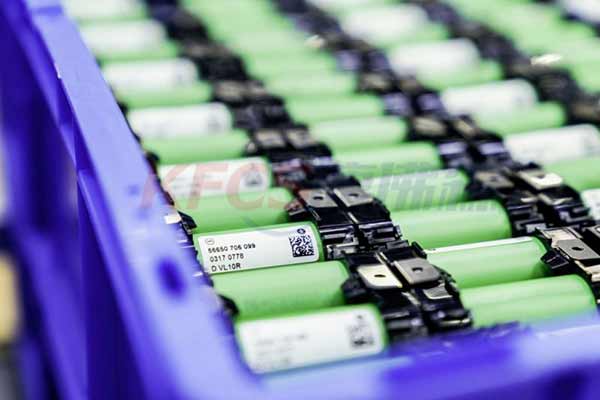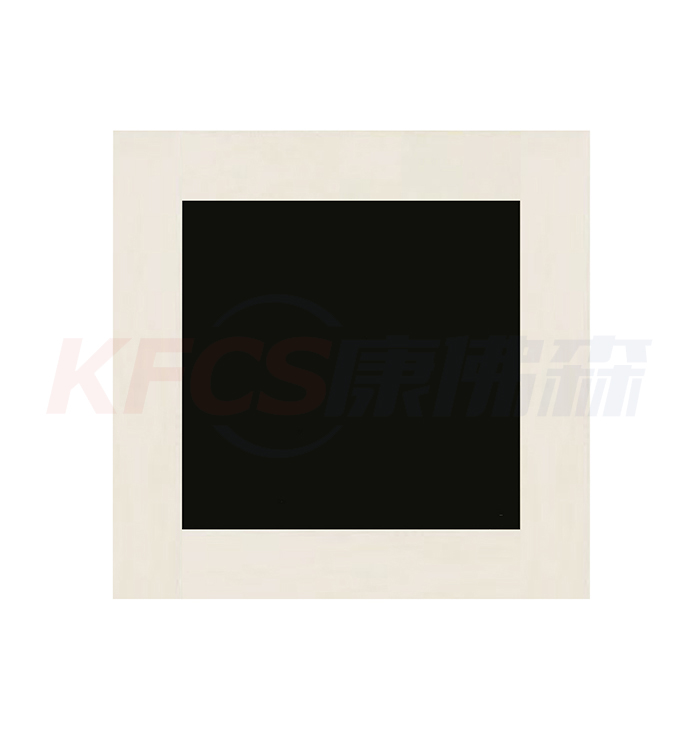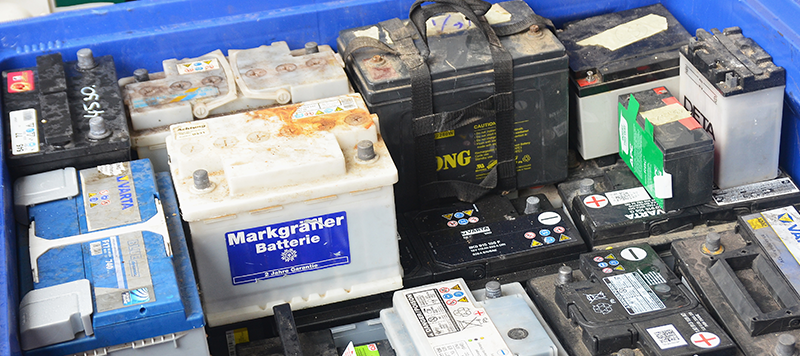Power Battery Recovery
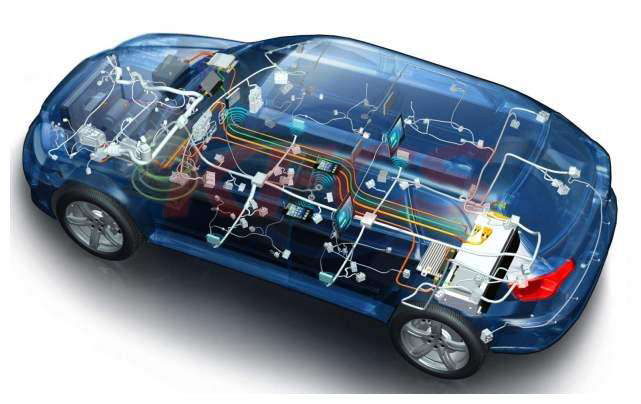
Disassembly and recycling of power battery
The disassembly and recycling of power battery mainly refers to physical method (mainly dry method). In fact, battery recycling also includes chemical method (mainly wet method) and biological method. After the valuable materials are recovered by chemical method, it is necessary to adjust the material proportion in the solution by adding chemical substances to prepare the anode and cathode materials of lithium-ion battery; Biological law is to use specific microbial metabolism to dissolve battery components into medium solution.
Dry recovery: directly recover all kinds of battery materials or valuable metals without solution and other media, mainly including mechanical separation method and high-temperature pyrolysis method; More heavy metals such as mercury, nickel and zinc can be recovered; It may cause secondary pollution and relatively high energy consumption
Wet recovery: it is a process of crushing and sorting, dissolution leaching, separation and recovery of lithium batteries. It mainly includes three methods: hydrometallurgy, chemical extraction and ion exchange Low requirements for equipment and operation, multiple choices of chemical reactions, high product purity, reasonable control of feeding and no impact on air Slow reaction speed, small material throughput, complex process, high cost and low value of recovered products
Biological recovery technology: the technology mainly uses microbial leaching to transform the useful components of the system; It is a soluble compound and is selectively dissolved to achieve high target component and impurity component, and finally recover valuable metals such as lithium, cobalt and nickel; Low cost, low pollution, low energy consumption and reusable microorganisms; The cultivation of microbial fungi is difficult and the leaching environment requires high.
About News
- Lithium battery processing equipment is used for crushing device for scrapped lithium ion power battery
- How Vanadium redox flow battery Work?
- Advantages of all-vanadium redox flow batteries
- Application of vanadium battery in farm
- What are the differences between power lithium batteries and energy storage lithium batteries?
- 1-50kw all-vanadium redox flow battery energy storage system
- Ultra-high-purity lithium can be recycled at low cost
- VFB-1KW all-vanadium flow energy storage system
- Advantages of crushing waste lithium batteries
- Application of all-vanadium redox flow battery
Products


